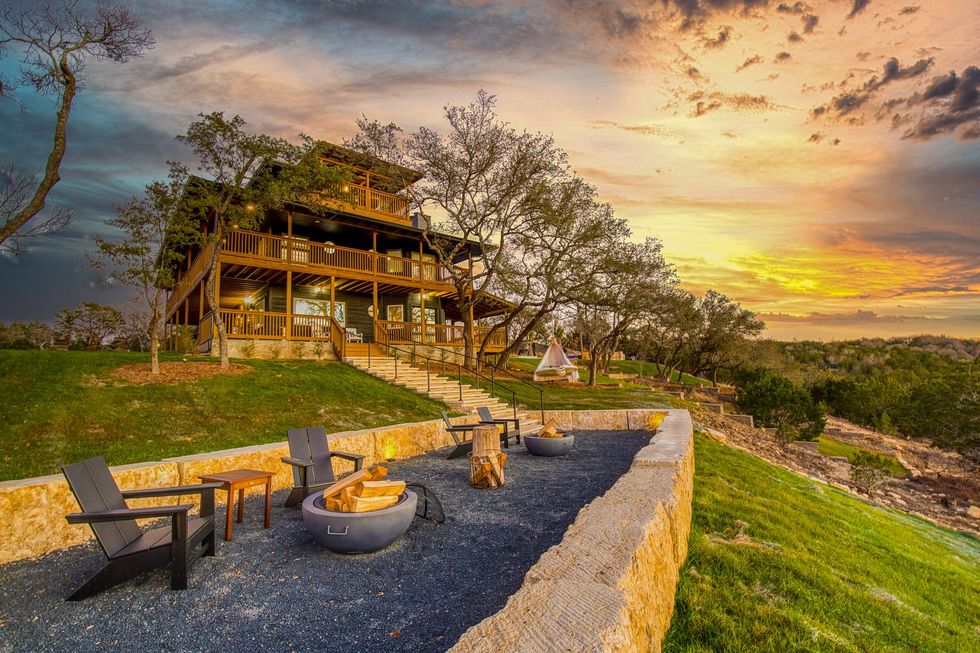Impact of COVID-19
Austin hotels suffered biggest drop in revenue ever recorded due to COVID-19

In what it calls an economic “bloodbath,” a consulting firm says hotels in the Austin area suffered the biggest drop in revenue ever recorded — and the biggest anywhere in Texas.
A report released September 15 by San Antonio-based hotel consulting firm Source Strategies Inc. shows hotel revenue in the Austin area plunged 79.7 percent in the second quarter of this year versus the second quarter of last year. The occupancy rate sank to 32.8 percent, down from 76.8 percent in the second quarter of last year.
Statewide, hotel revenue plunged a record 64.1 percent, while the occupancy rate slid to 35.8 percent.
To put that data into perspective, Source Strategies says the second-quarter losses added up to more than the total losses racked up during the Great Recession.
“This is an economic disaster on a scale that we have not seen before, and we have been covering the Texas lodging industry for more than 30 years,” Todd Walker, president of Source Strategies president, says in a release. “Hotels are under extreme financial pressure at this point, and many will not be able to survive if this low level of demand continues into next year.”
While Austin’s hotel industry witnessed the state’s steepest revenue loss in the second quarter, Texas’ other major metro areas didn’t escape the damage caused by the coronavirus pandemic. Second-quarter hotel revenue dropped:
- 74.1 percent in the San Antonio market, with an occupancy rate of 31.6 percent. In the second quarter of last year, the occupancy rate was 67.6 percent.
- 72.9 percent in the Dallas market, with an occupancy rate of 32 percent. In the second quarter of last year, the occupancy rate was 72 percent.
- 70 percent in the Fort-Worth Arlington market, with an occupancy rate of 31.1 percent. In the second quarter of last year, the occupancy rate was 65.9 percent.
- 61.4 percent in the Houston market, with an occupancy rate of 37 percent. In the second quarter of last year, the occupancy rate was 65 percent.
Texas markets that turned in the best financial performance in the second quarter were Corpus Christi and Brownsville-Harlingen, where hotel revenue declined less than 20 percent, the report says.
The state’s top RevPAR performers were mostly along the Gulf Coast in places like Galveston, Port Aransas, and South Padre Island. Galveston’s San Luis Hotel took the state’s No. 1 RevPAR spot in the second quarter, at $148.06. That compares with $223.94 in the second quarter of 2019 when it the No. 17 spot statewide.
Here are examples of how jumbled the second-quarter RevPAR numbers for the state’s major metro areas were:
- At No. 61, the Doubletree Hotel Austin ranked first in the Austin market for RevPAR, at $74.98. Its statewide RevPAR ranking in the second quarter of last year was 316th. Low-cost hotels dominated the rest of Austin’s second-quarter RevPAR leaders.
- In the Dallas market, the Residence Inn Dallas West topped the list for RevPAR, at $60.58, good enough for 142nd place statewide. In the second quarter of 2019, its RevPAR was $98.16, landing it in 550th place.
- In Arlington, the Residence Inn racked up RevPAR of $99.34 in the second quarter, down from $122.25 during the same period last year. That pushed the property up from 248th on the second-quarter RevPAR list last year to 10th this year.
- In Houston, second-quarter RevPAR for the Post Oak Hotel at Uptown tumbled from $203.83 to $90.17, shifting it from the No. 27 position last year to the No. 23 position this year.
- San Antonio’s Hotel Emma ranked third in Texas during the second quarter of 2019 with RevPAR of $300.94. In the second quarter of this year, the hotel’s RevPAR fell to $93.99, putting it in 17th place statewide.

 Dripping Springs Social is the perfect venue for an escape into the Hill Country. Photo courtesy of Vrbo
Dripping Springs Social is the perfect venue for an escape into the Hill Country. Photo courtesy of Vrbo